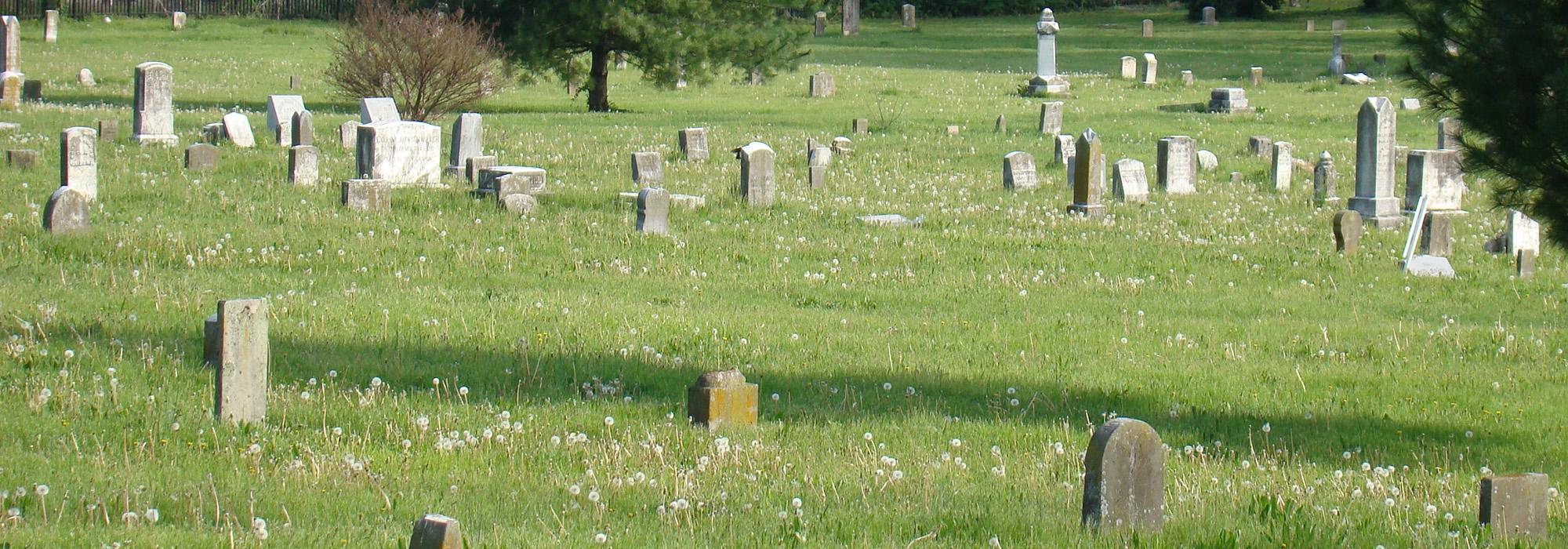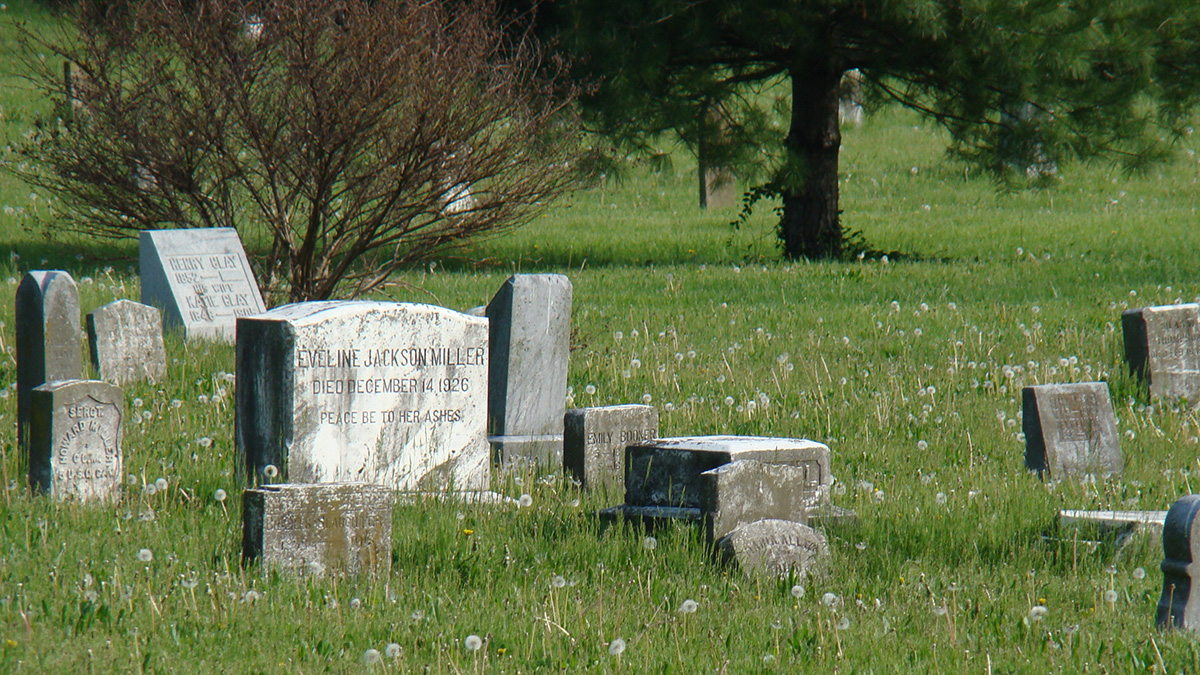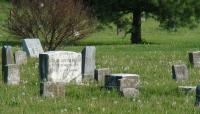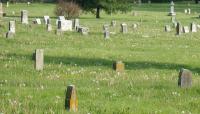Landscape Information
Established in 1869 on four-acres of undeveloped land in northeastern Lexington, this site was designed, built, and maintained by The Colored Peoples Union Benevolent Society No. 2 (UBS No. 2). The purchase of an additional four, contiguous acres in 1875 gave the UBS No. 2 the space to bury orphans, poor, or homeless individuals in the African American community. In 1889 some 300 bodies were reinterred from the nearby Presbyterian Cemetery, which was bought for commercial and industrial development. The following year, a superintendent’s residence was constructed. Supported by membership dues, the site became the most widely used African American cemetery in the city. With the dissolution of the UBS No. 2 in the 1940s, along with encroaching development and a disruptive railroad easement, the cemetery gradually declined. In 1973 the city took control of the cemetery, with new burials ceased the following year.
Surrounded on all sides by the city’s street grid and edged by a cast-iron fence, the flat, eight-acre cemetery contains more than 600 grave markers and 5,000 belowground burials. The headstones are spaced evenly in rows, oriented inward towards two grass pathways that run from Seventh Street to the railroad tracks that border the back of the cemetery. Pink flowering crape myrtle trees and shrubs line the front of the paths. Groupings of mature oak trees shade the southern and eastern edges. Burials include several prominent jockeys who contributed to the rise of Lexington’s horse racing industry, including Oliver Lewis who won the first Kentucky Derby. The burial ground is also the resting place of veterans of various conflicts from the Civil War to World War II. The cemetery was added to the National Register of Historic Places in 2004.








